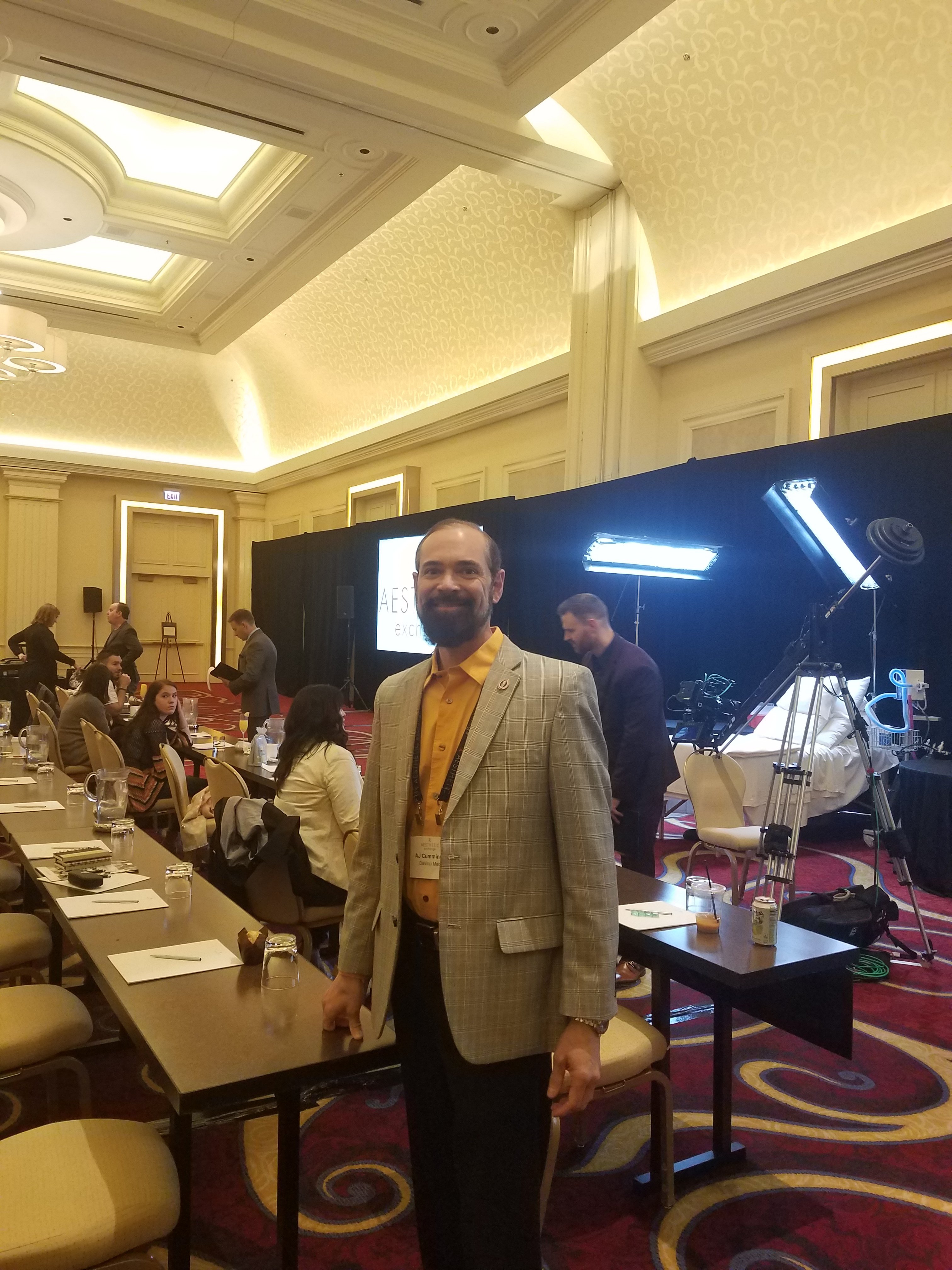Exercise and well being
The physical health benefits of exercise are widely understood and agreed upon. The benefits of exercise for a healthy mind is also commonly understood. A new research study from the journal Global Advances in Health and Medicine from this year have demonstrated this healthy benefit for the mind through scientific research. Practitioners at inpatient psychiatric facilities acquired baseline reporting for their patients feelings. They measured levels of anger, anxiety, depression, self-esteem and overall moods. They had roughly 100 patients exercise routinely in a gym for 30 minutes a day and then re-evaluated there in patients experiences. They found a significant reduction in negative feelings and an increase in their feelings of well-being. Overall patients were very pleased with structural exercises and the doctors saw a decrease in the amount of time they needed to be in the hospital and hopefully a reduction in the medications that were needed. Checking with the physician before beginning an exercise program is an important part. Exercise is good for the body and the mind. Self esteem and feeling good about yourself are both very important.

















